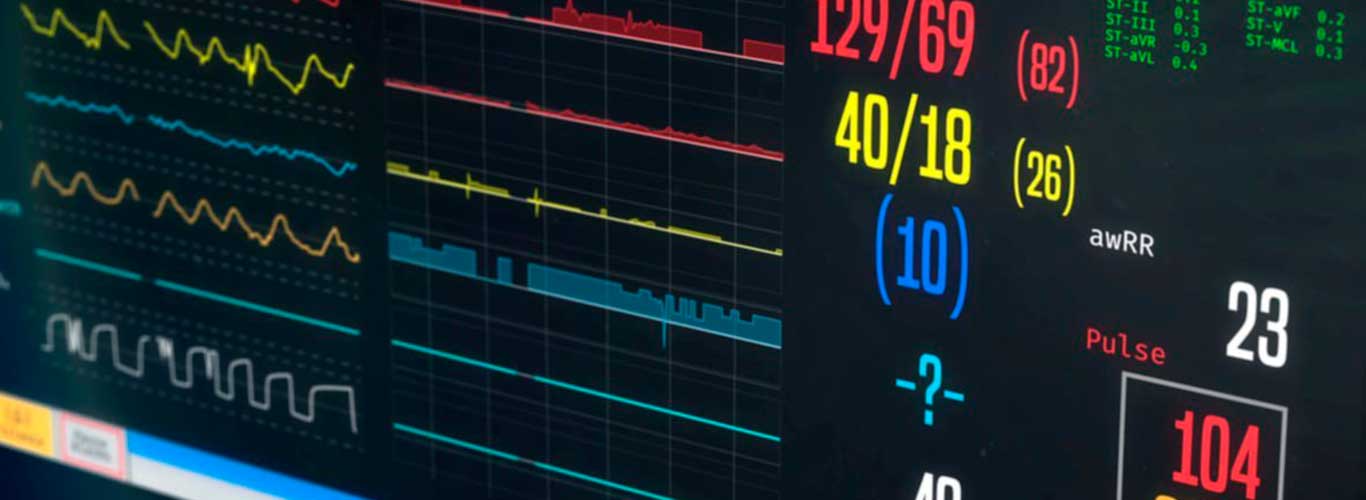
Welcome to the second collection of articles on the care of cardiac surgery patients in the intensive care unit. While the first installment covered the classic populations of cardiac surgery patients and typical postoperative issues and complications, this issue continues along the evolution of the field and covers a number of topics that may have been rarely encountered even 5 years ago.
For example, the increase in the number of patients with ventricular assist devices in regular wards and in the community requires that the intensivist and other on-call personnel are prepared to interpret and manage a handful of conditions that can become rapidly fatal. Likewise, reports of successful rescue from a number of fatal conditions by institution of extracorporeal membrane oxygenation have sparked a huge increase in its use. Updates on both of these topics are included here.
Modern anesthesiologists have invested themselves in patient outcomes extending way beyond the operating room. Along these lines, the content presented in updates on kidney injury, anemia and blood management, noninvasive ventilation, management of temporary pacemakers, postoperative cognitive dysfunction, and care of patients with anti-heparin antibodies should be considered core knowledge of the perioperative physician. In the vascular surgery realm, endovascular therapy has also evolved from a curiosity to mainline therapy, and accordingly, care of these patients is covered here as well in an excellent review discussing a variety of issues with TEVAR procedures.
